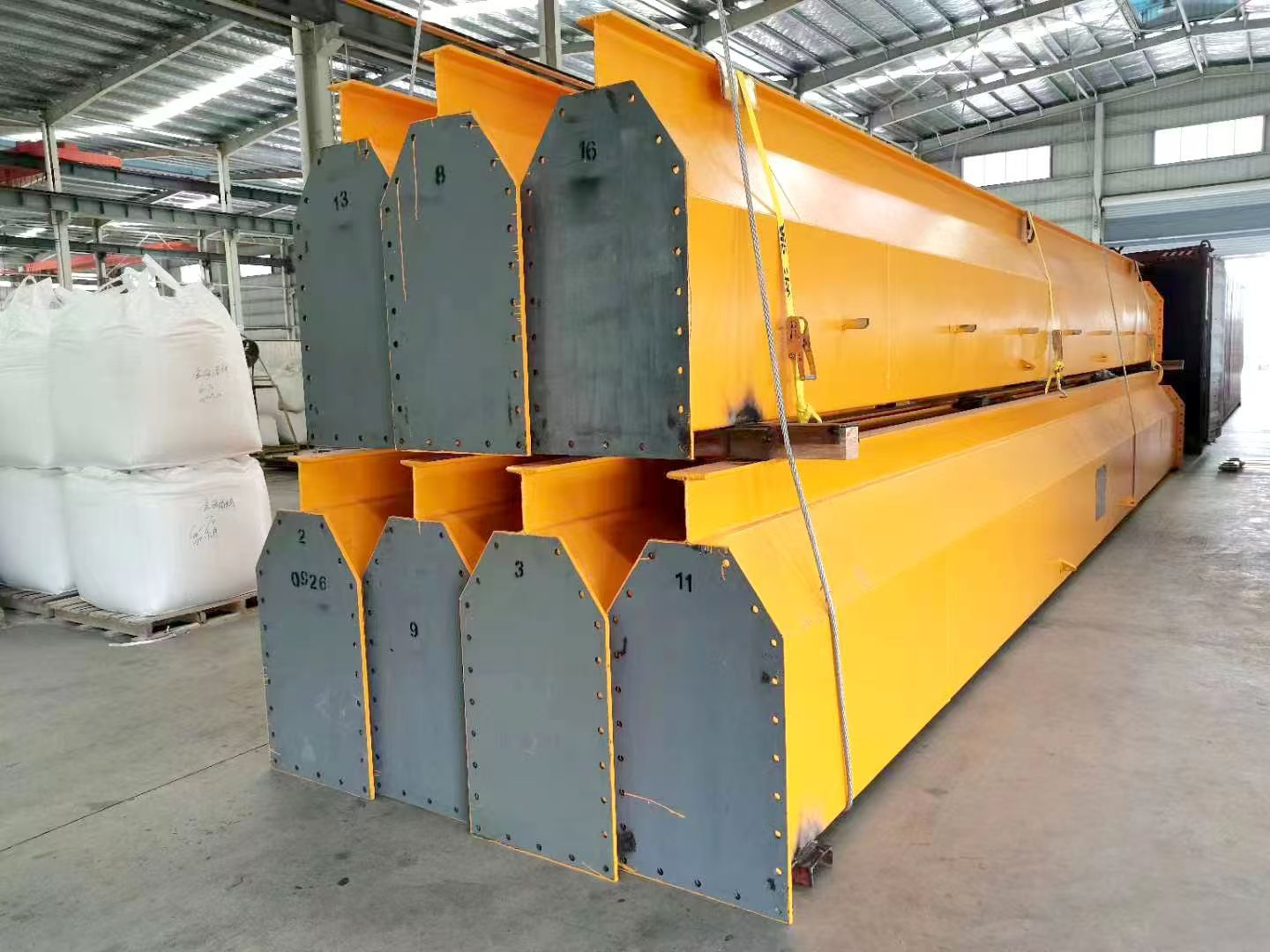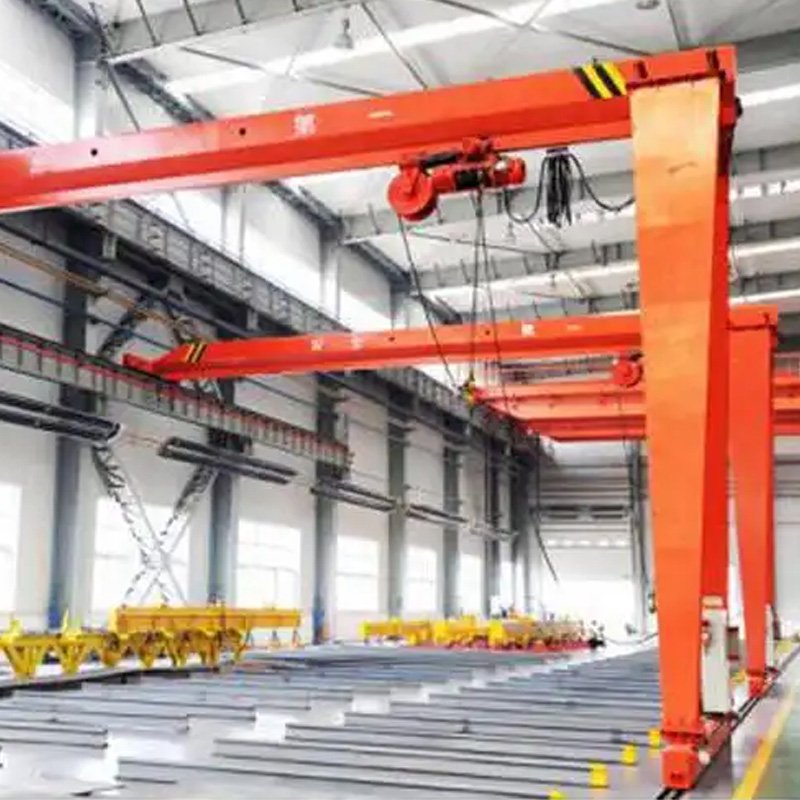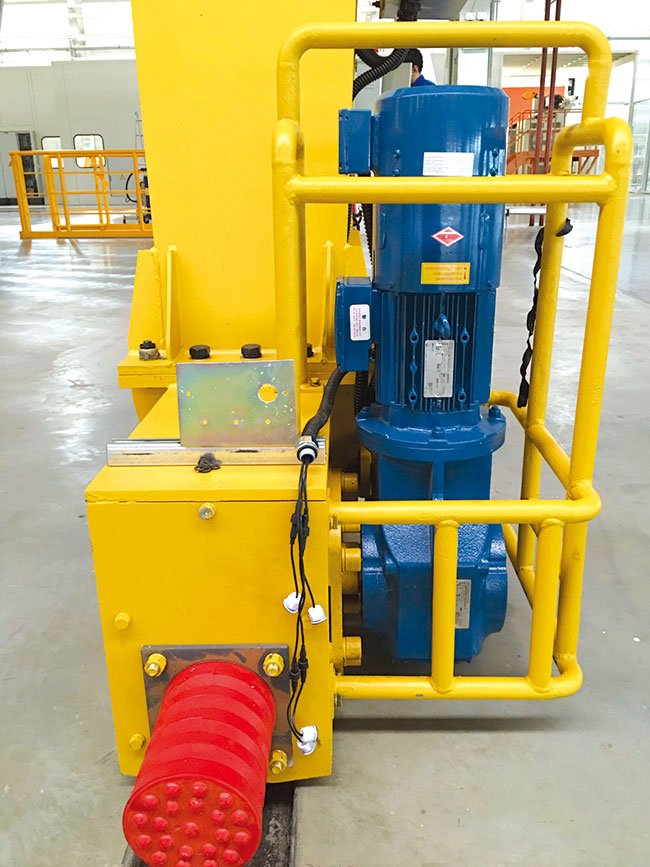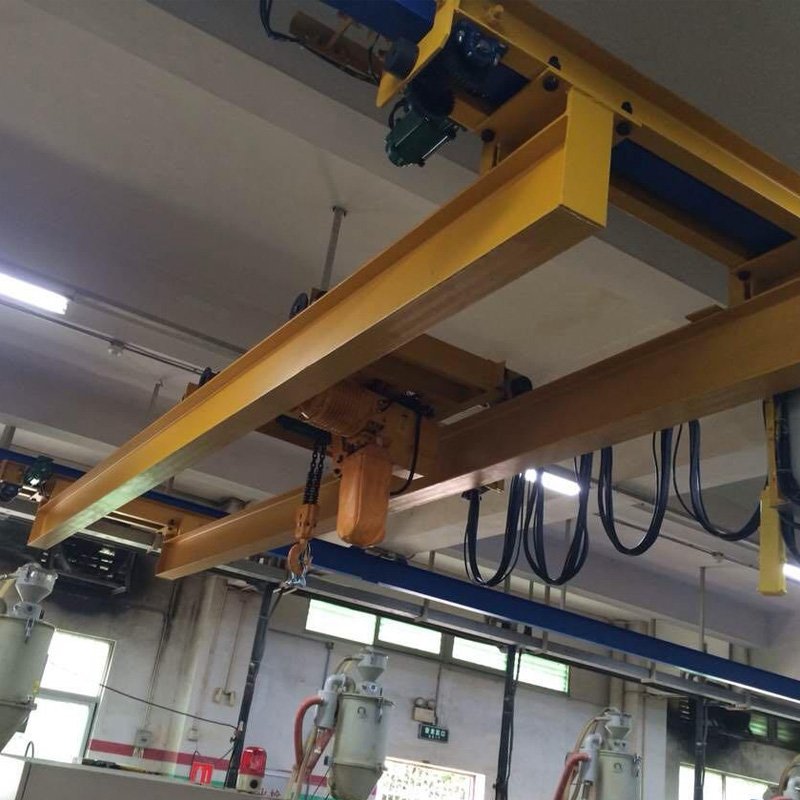As the global demand for renewable energy continues to grow, wind power has become a vital part of the transition to sustainable energy solutions. One of the most essential elements in constructing wind turbines—especially those that reach over 100 meters in height—is the crane. These powerful lifting machines are indispensable for transporting, lifting, and precisely assembling turbine components in often remote and challenging environments.
This guide explains how cranes are used in wind turbine installation and the types of cranes most suited for these specialized operations.
The Importance of Cranes in Wind Turbine Installation
Wind turbines are composed of massive components, including:
- Towers: Typically between 80 and 120 meters tall
- Nacelles: Often weighing over 100 tons
- Blades: Frequently exceeding 50 meters in length
- Rotors: Requiring accurate positioning at high altitudes
Cranes play a vital role in:
- Lifting and assembling each turbine section
- Performing precise operations at elevated heights
- Operating safely under difficult weather and site conditions
- Reducing installation time and risks
Common Types of Cranes Used in Wind Turbine Projects
Crawler Cranes
Ideal for: Onshore wind farms
Crawler cranes are widely used for onshore wind turbine installation due to their excellent stability and capacity to navigate rough terrain. Their track-based design allows them to move without the need for outriggers.
Key advantages include high lifting capacities (up to 1,600 tons), long boom lengths, and strong performance on uneven surfaces. Well-known models include the Liebherr LR series and the Manitowoc 16000.
All-Terrain Cranes
Ideal for: Sites with moderate terrain and good road access
These cranes offer a combination of road mobility and off-road performance. They are often used to support crawler cranes by transporting components and lifting smaller turbine parts.
Their telescopic booms allow for quick deployment and flexible lifting.
Specialized Tower Cranes
Ideal for: Projects that involve vertical assembly or have limited ground space
Some wind projects utilize tower cranes that climb alongside the turbine structure as it is erected. This technique minimizes the environmental footprint and improves vertical lifting efficiency.
These cranes are especially useful in hybrid or high-density projects.
Self-Erecting Cranes
Ideal for: Small or modular wind turbines
Self-erecting cranes are compact and easy to transport, making them suitable for small-scale wind projects or installations in tight spaces. Their mobility and quick setup reduce overall project timelines.
Wind Turbine Installation Steps Using Cranes
- Foundation Preparation: The ground is leveled, and a solid foundation is built.
- Tower Installation: Crane lifts each section of the tower for secure stacking.
- Nacelle Placement: A high-capacity crane hoists the nacelle to the top of the tower.
- Blade Assembly: Blades are lifted either individually or as a pre-assembled rotor, depending on site conditions.
- Final Commissioning: Final checks and mechanical adjustments are performed.
Key Challenges in Wind Turbine Lifting Operations
- Wind sensitivity: High winds can halt lifting for safety reasons
- Site access: Remote locations require cranes with advanced mobility
- Component size: Heavy and delicate parts demand high-precision lifts
- Safety: All crane operations must follow strict safety protocols due to working heights and loads
Choose YONG HAO CRANE for Wind Energy Projects
YONG HAO CRANE specializes in providing professional crane solutions for wind turbine installation, including crawler cranes, all-terrain cranes, and tailored lifting services. With extensive experience in renewable energy projects, we offer reliable equipment, technical support, and on-time project execution.
Contact us today to discuss your next project
yonghaoqizhong@163.com





